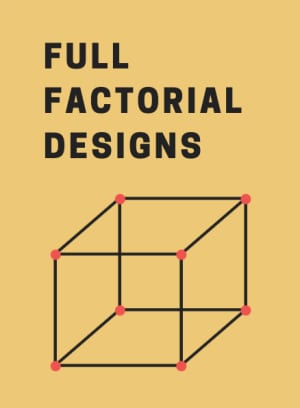Classical experimental design refers to a set of principles and techniques that are used to conduct controlled experiments in order to test hypotheses and establish cause-and-effect relationships. The main goal of classical experimental design is to minimize the influence of extraneous variables, also known as confounding variables, on the dependent variable being measured. This is achieved by manipulating the independent variable, which is the variable that is being tested, and controlling for all other variables that could potentially affect the outcome.
There are several key elements of classical experimental design, including a well-defined research question or hypothesis, a clear statement of the research objectives, a sample that is representative of the population being studied, a clear definition of the independent and dependent variables, and a detailed plan for collecting and analyzing data. In addition, classical experimental design often involves the use of random assignment, which involves randomly assigning subjects to different groups or conditions in order to control for any potential biases that may affect the results.
One of the main advantages of classical experimental design is that it allows researchers to establish a cause-and-effect relationship between the independent and dependent variables. By manipulating the independent variable and controlling for all other variables, researchers can be confident that any changes observed in the dependent variable are due to the manipulation of the independent variable. This makes classical experimental design a powerful tool for understanding the underlying mechanisms of a phenomenon and for testing the effectiveness of interventions or treatments.
There are also several limitations to classical experimental design. One of the main limitations is that it is not always possible to manipulate the independent variable in a natural setting. For example, it may not be ethical to manipulate certain variables, such as medical treatments, in human subjects. In addition, classical experimental design is not always feasible in situations where the independent variable cannot be manipulated or where it is not possible to control for all confounding variables.
In conclusion, classical experimental design is a widely used approach for testing hypotheses and establishing cause-and-effect relationships. While it has its limitations, it remains a powerful tool for understanding the underlying mechanisms of a phenomenon and for testing the effectiveness of interventions or treatments.







